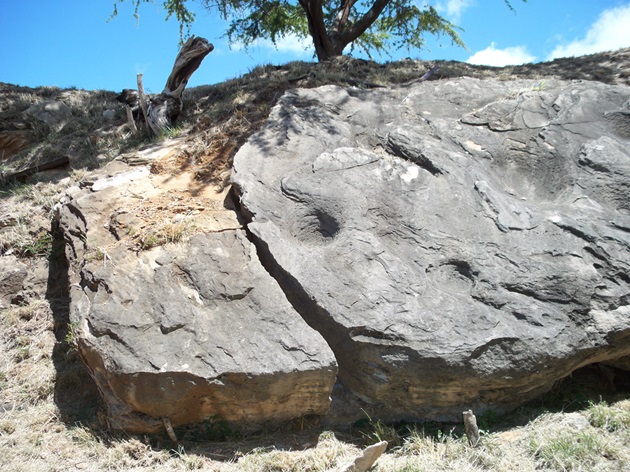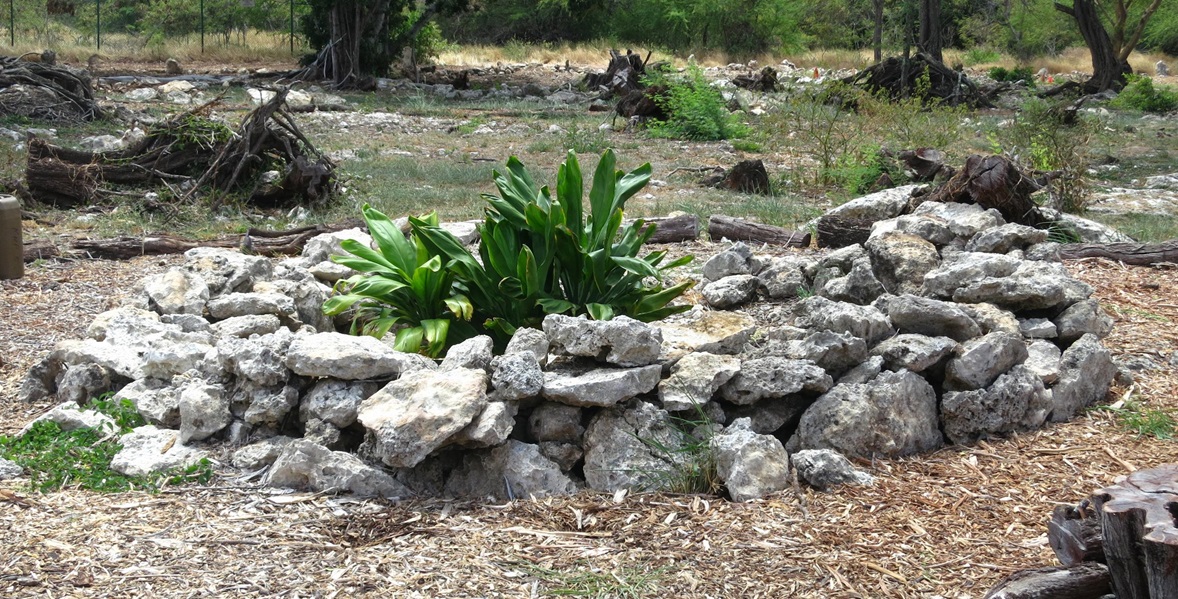Kanaka Maoli
Native Hawaiians bring a culture to this country that is unique. Theirs is a history of a proud people who, like other indigenous Peoples of our country, have struggled to maintain their culture amidst other prevalent influences of American society.
Native Hawaiians have begun to more assertively recall their heritage as a great Polynesian people. Their ceremonies and cultural practices have been reborn and their language is thriving. Their historic sites are reminders of their prowess as ocean navigators, agricultural innovators, and as a successful multi-tiered, complex society that existed for hundreds of years before Europeans left their homelands.
 Policy Statement Regarding the ACHP’s Interaction with Native Hawaiian Organizations
Policy Statement Regarding the ACHP’s Interaction with Native Hawaiian Organizations
Policy Statement on Indigenous Knowledge and Historic Preservation
Policy Statement on Burial Sites, Human Remains, and Funerary Objects
Burial Sites, Human Remains, and Funerary Objects: Explanations and Discussion
Exemption for Indigenous Knowledge Informed Activities by Native Hawaiian Organizations
Native Hawaiian Working Group
Indigenous and Historic Preservation
Training and Guidance
ACHP online on demand eLearning:
Native Hawaiian Organizations in the Section 106 Process
- Consultation with Native Hawaiian Organizations in the Section 106 Process: A Handbook provides step-by-step guidance for federal agencies regarding Section 106 consultation with Native Hawaiian organizations.
- Guidance for Indian Tribes and Native Hawaiian Organizations: What to Ask the Federal Agency in the Section 106 Process is intended to assist Tribal and Native Hawaiian organization (NHO) officials to participate more effectively in the Section 106 review process.
- Types of Agreement Documents in Section 106: What They Are and When They Should Be Used This guidance clarifies the different types of agreements mentioned in the ACHP’s regulations at 36 CFR Part 800 and when it is appropriate to use them.
- Agency Section 106 Agreements with Indian tribes and Native Hawaiian organizations (SPO Memo) The Senior Policy Officials memo highlights the 36 CFR 800.2 (c)(2)(ii)(E)) agreements with Indian Tribes and Native Hawaiian organizations as a vehicle that can address all aspects of an Indian Tribe’s or Native Hawaiian organization’s participation in the review process and be of benefit to all parties.

- Traditional Cultural Landscapes in the Section 106 process This guidance advances the recognition and understanding within Section 106 reviews involving large scale historic properties which have included multiple, linked features that form a cohesive landscape of significance to a Tribe or Tribes or NHOs.
- Section 106 and the U.N. Declaration on the Rights of Indigenous Peoples: General Information and Guidance
This document presents general information about the Declaration and the Section 106 process to give federal agencies, Indian Tribes, Native Hawaiian organizations (NHOs), and other interested parties ways in which the two can be integrated in order to enhance the protection of historic properties.
- Section 106 and the U.N. Declaration on the Rights of Indigenous Peoples: Intersection and Common Issues: Article 18 and Section 106 This guidance addresses the relationship between Article 18 and the Tribal and Native Hawaiian organization (NHO) consultation requirements in the Section 106 process. Future guidance will address the other articles.
- The Relationship Between Executive Order 13007 Regarding Sacred Sites and Section 106 addresses the relationship between the requirements of 36 CFR Part 800, "Protection of Historic Properties," regulations implementing Section 106 of the National Historic Preservation Act (Act) and Executive Order 13007 regarding Indian Sacred Sites (E.O. 13007).
- Traditional Cultural Landscapes in the Section 106 process This guidance advances the recognition and understanding within Section 106 reviews involving large scale historic properties which have included multiple, linked features that form a cohesive landscape of significance to a Tribe or Tribes or NHOs.
- Native American Traditional Cultural Landscapes and the Section 106 Review Process: Questions and Answers This guidance addresses common questions about traditional cultural landscapes and to advance the dialogue about how these expansive should be considered in the Section 106 process.
- Section 106 and the U.N. Declaration on the Rights of Indigenous Peoples: General Information and Guidance
This document presents general information about the Declaration and the Section 106 process to give federal agencies, Indian Tribes, Native Hawaiian organizations (NHOs), and other interested parties ways in which the two can be integrated in order to enhance the protection of historic properties.
- Section 106 and the U.N. Declaration on the Rights of Indigenous Peoples: Intersection and Common Issues: Article 18 and Section 106 This guidance addresses the relationship between Article 18 and the Tribal and Native Hawaiian organization (NHO) consultation requirements in the Section 106 process. Future guidance will address the other articles.
- The Relationship Between Executive Order 13007 Regarding Sacred Sites and Section 106 addresses the relationship between the requirements of 36 CFR Part 800, "Protection of Historic Properties," regulations implementing Section 106 of the National Historic Preservation Act (Act) and Executive Order 13007 regarding Indian Sacred Sites (E.O. 13007).
Interior Department Announces Development of First-Ever Consultation Policy with Native Hawaiian Community
WASHINGTON — The Department of the Interior announced that, for the first time in the agency’s history, it will require formal consultation with the Native Hawaiian Community. New policies and procedures, subject to formal consultation, will further affirm and honor the special political and trust relationship between the United States and the Native Hawaiian Community.